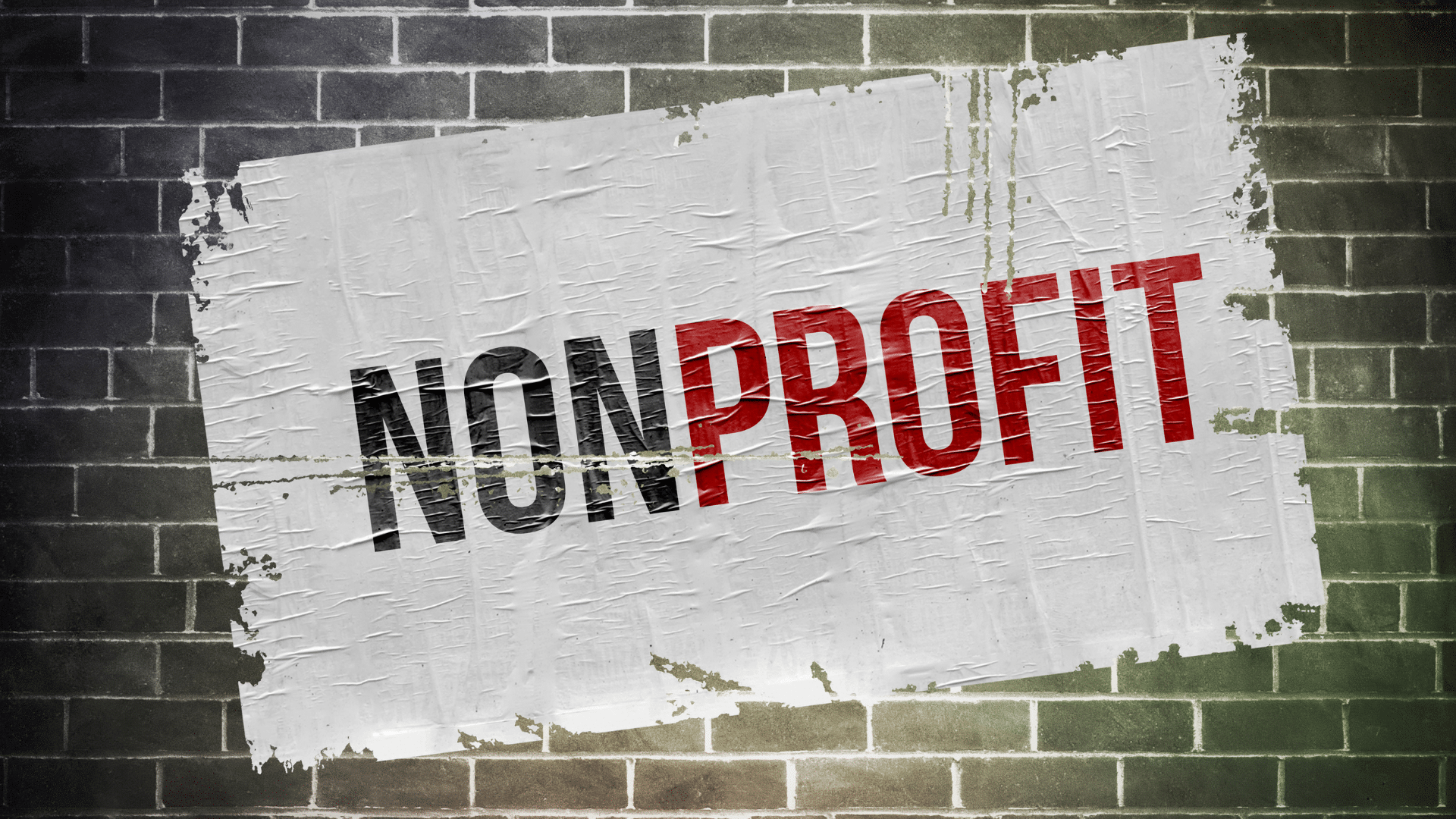Terrence McDonald: The future of news in New Jersey is nonprofit
Editor’s note: Terrence’s essay is the second in a series of 10 posts that the Center for Cooperative Media at Montclair State University is publishing in 2022, in celebration of its 10th anniversary. The Center approached 10 New Jersey journalists and asked them to talk about what they want to see happen in our news ecosystem here in the next decade.
I’ve been asked to envision what the next decade will be like for news and media in New Jersey.
A tough one! What pops into my mind is a newspaper job I had just over a decade ago, one where I had to email someone who worked in a different office to take a story I wrote and publish it on our website. A year or two earlier I worked for a weekly newspaper that had no website.
Point is: Things change and they change quickly.

Terrence McDonald (author)
I’m biased on the issue of where the news industry is headed. Last year I was part of a team that launched the nonprofit New Jersey Monitor, part of the States Newsroom network. I think nonprofit news points the way toward the future, and these news outlets will continue to grow in importance in the next decade. We offer our coverage at no charge to readers, don’t have to worry about a shrinking pool of advertisers, and are free of the kind of editorial shenanigans that can come from relying on big-pocketed advertisers for survival.
I spent most of my journalism career working for newspapers and I’m not discounting the vital work their reporters do daily. I remain a loyal newspaper reader and subscriber. But the newspaper revenue model is broken and I’m unconvinced anyone in charge knows how to fix it.
Total estimated advertising revenue for the newspaper industry was $9.6 billion in 2020, down 80% from 2006. Maybe some of the losses from 2019 to 2020 will return as the economic pain brought on by the pandemic ebbs, but I don’t know anyone who thinks newspapers will see a return of the kind of ad dollars it brought in prior to that.
Working with a donation model is different. Companies buy ads in newspapers because they want something specific in return: readers to see their ads and buy their product. With fewer readers, there’s less incentive to buy ads.
But the donors we and other nonprofit news sites rely on are giving for different reasons. They support journalism and want to see more of it, or they are regular charitable donors and have picked us for their latest gift. It may not always be altruistic — charitable arms of some major companies want to give away money for the tax benefits, not because they love journalism — but it’s less of a quid-pro-quo than seen in newspaper advertising.
The fight between the editorial and advertising side of a newspaper is also absent in a nonprofit newsroom. Let’s say a hospital buys an ad on a newspaper’s front page every day, and then the hospital becomes embroiled in a scandal — will the newspaper’s reporters be able to investigate the scandal, or will the hospital use its leverage to hush it up? Speaking from experience, the latter is more likely.
Then there’s the cost for the reader. Media companies have settled on paywalls to replace subscriptions and newsstand sales that have disappeared, locking up much of their reporting to anyone who doesn’t pony up.
That may work if your audience has disposable income. I pay nearly $480 annually to subscribe online to a handful of sites, plus another $648 for one print subscription. I can afford that. What are the options for people who can’t?
What we’re doing at New Jersey Monitor isn’t new. Nonprofit news sites like NJ Spotlight News, Shelterforce, Chalkbeat Newark and more have been doing this for years, not to mention countless sites outside of New Jersey. Nonprofit news outlets are expanding while other outlets are laying off reporters and slashing coverage. We offer serious news coverage without being forced to rely on clickbait to attract and retain subscribers. And we offer vital news to the people of New Jersey at 100% zero charge to them.
This model, I believe, is the future of news. I’m happy I get to be a small part of it.
Terrence McDonald is the editor of the New Jersey Monitor. Follow him on Twitter: @terrencemcd.
About the Center for Cooperative Media: The Center is a primarily grant-funded program of the School of Communication and Media at Montclair State University. Its mission is to grow and strengthen local journalism, and in doing so serve New Jersey residents. The Center is supported with funding from Montclair State University, the Geraldine R. Dodge Foundation, Democracy Fund, the New Jersey Local News Lab (a partnership of the Geraldine R. Dodge Foundation, Democracy Fund, and Community Foundation of New Jersey), and the Abrams Foundation. For more information, visit CenterforCooperativeMedia.org.

